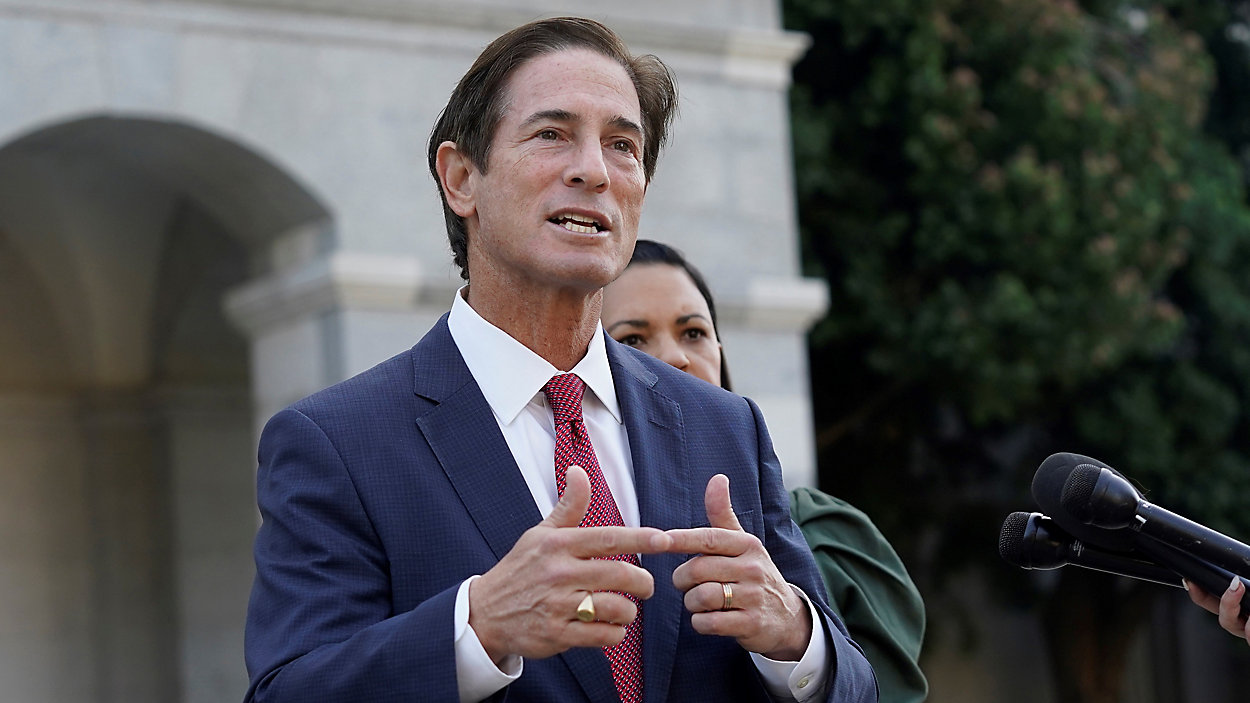This story is the fifth in a series Financial Planning Chief Correspondent Tobias Salinger is writing on how to build a successful RIA. Here are the previous stories in the series:
Check back weekly for the next story, or find the pieces by following Salinger on LinkedIn.
The fees collected by financial advisors can often start healthy, passionate debates within the profession, but the vast majority embrace a combination of expense models.
For decades, innovators have been pushing for wider adoption of alternatives to the industry’s traditional rate of 1% of assets under management, in the form of fees that charge clients a set fee specifically for financial planning. They argue that those expenses compensate planners for their most valuable services to customers, open more access to clients with any level of income and remove conflicts of interest tied to the incentive to gain so-called wallet share by bringing more assets under their purview.
The available data suggests those planners and their clients are driving many more registered investment advisory firms into the movement.
But more than 95% of RIAs registered with the Securities and Exchange Commission used an AUM fee last year, according to the latest annual “Investment Adviser Industry Snapshot,” released last month by the Investment Adviser Association, a trade organization, and COMPLY, a compliance firm. And over 85% of RIAs that offer planning services use a fixed and/or hourly fee. So most RIAs are saying “yes, and,” rather than acting with an “either/or” fee dichotomy. And they’re doing so even as regulators bring a lot of scrutiny to the documentation of their fees.
READ MORE: Affluent investors prefer ‘fee-based’ planning — but do they understand it?
A wealth of choices
In fact, some of the strongest advocates for fixed, flat, hourly or other retainer fees, such as John Stoj, founder of advisory firm Verbatim Financial and Flat Fee Advisors, a network and directory of flat-fee planners, have “gotten over that hump of my orthodoxy” for that business model, he said. It’s better for consumers “to get help over no help,” rather than insisting on only one form of compensation for their advisors, he said in an interview.
“Obviously, I’m biased, so I want people to start with a flat-fee advisor,” Stoj added. “But that’s not the end-all, be-all. It doesn’t have to be.”
Regardless, the non-AUM planners are “making strides,” as “more and more people are moving to a flat fee,” said Carolyn McClanahan, the founder of Jacksonville, Florida-based RIA firm Life Planning Partners. Her firm assesses the clients’ fees based on the level of complexity involved with planning across a household’s accounts, with a review every two years to determine whether the customer’s flat rates will go down, stay the same or rise.
As an early adopter — or possibly the first — of that type of model, she is also seeing more planners combining a flat fee with a smaller charge of 0.35% to 0.50% for asset management, McClanahan noted. Many planners believe 1% of AUM is simply too much and wealth management fees in general can be too hard for consumers to find and understand when those costs exert so much influence on compounding portfolio returns.
“That has always been my argument, is that people overcharge for asset management and undercharge for financial planning,” McClanahan said.
READ MORE: More financial advisors are using non-AUM fees. Here’s how
By the numbers
Since 2000, the share of RIAs collecting fixed fees has risen by 9 percentage points to the current share of 45.2% of SEC-registered firms as of 2024, the snapshot showed. In those two dozen years, the portion collecting sales commissions fell by 10 percentage points to 2%. A small but notable 4.5% of RIAs refrain from any AUM fees, while 17.4% of them use only that type of client charge. At least 34.8% offer their services through a combination of AUM fees and fixed or hourly charges.
The share using forms of performance fees has jumped by the largest percentage, 13.7 points, since 2000 to 23.7% — although the snapshot report pointed out that private fund advisors who first needed to register with the SEC in 2011 drove that bounce, and that form of charge is turning less popular with other kinds of RIAs. Similarly, an influx of digital advice firms such as robo-advisors have pushed up the number collecting subscriptions or fixed fees, the report said.
“Compensation structures for advisory services align advisers’ interests with their clients’ interests,” according to the snapshot report. “Through asset-based fees and performance fees, advisers link their compensation to the success of their clients’ investments. By charging fixed and hourly fees for some services, advisers can provide services other than portfolio management, such as financial planning, in a cost-effective manner.”
READ MORE: Independence? It depends
Regulatory requirements
No matter which type they choose, advisory firm owners must keep careful records in order to verify for regulators that they are collecting reasonable fees, said A. Valerie Mirko, leader of Armstrong Teasdale’s securities regulation and litigation practice and the former general counsel of the North American Securities Administrators Association. Some advisors and other experts, however, report that collecting non-AUM fees often runs into regulatory challenges in certain states where the regulators view them with a level of suspicion.
“The more complex the fee structure, the more challenging disclosure becomes and in turn the more challenging it is for regulators to evaluate whether a fee is reasonable,” Mirko said in an email. “Regardless of type, fees should be reasonable and investment advisers should document the fee structure for individual clients as well as disclose fully and fairly to all their clients that a range of fee structures are available. At the end of the day, regulators — whether SEC or state — care that investment advisers are earning their fee and that clients understand their fees, and also investment advisers need to have documentation justifying the fee(s). This applies even in a traditional AUM fee model.”
The regulators may be simply trying to keep up with the increasingly wide spectrum and variety in fee models that have been emerging in recent years, but a professional debate over the right way to charge clients for advisors’ services has been ongoing for decades. The fee-only National Association of Personal Financial Advisors allows members to collect AUM fees, but some members object to the practice.
More recently, other groups of planners who describe their business models as “advice-only” refrain from any type of portfolio management at all. And a third group applies flat fees to their entire range of services, including investments and planning alongside services such as insurance advice, estates and retirement.
READ MORE: What is financial advisor independence? Industry experts disagree
Subtleties and the underlying investment philosophy
With so many types of fee models predominating across the profession, there are “without a doubt” some cases in which an AUM charge is the “more financially appropriate model for someone to go under,” Stoj said. Where law firm clients may easily wrap their minds around a senior partner charging a higher rate than a junior associate, a wealth management customer may “get thrown off by it a little bit” if one advisor is asking for $4,800 per year and another costs $10,000, he noted.
He landed on a flat fee based on his determination that he “can only tell people what I do for them, and what my experience brings to bear, in theory, for any client,” Stoj said. And that could look different for other advisors and their clients.
“You’ve got to convince them. In the back of their minds, they’re saying, ‘Why should I pay you a percentage of my savings?'” Stoj said. “You can do the business in a straightforward manner that makes sense to you and makes sense to clients, and so that’s how I came to the flat-fee model.”
Many of those discussions boil down to the difference between active and passive management, and the reasons that low-cost, passively-overseen investments in index funds and ETFs have been drawing so many trillions of dollars. For the many acolytes of figures like Vanguard founder Jack Bogle, riding the compounding gains in asset values for the long term represents a much better approach than trying to outsmart the constant volatility in capital markets.
That means advisors may net some savings on their own costs that they could then pass on to clients with lower fees. McClanahan’s clients view their progress toward their long-term goals as much more important than whether their portfolios are beating the S&P 500, she noted.
“If you go flat fee, and especially if you do passive management, you can quit performance reporting, and you’ll save tens of thousands of dollars on performance reporting software because you won’t need it anymore,” McClanahan said. “We do a really good educational process up front with new clients, and they have to believe in passive investing before they become clients. They understand that their returns are going to be market returns.”




























